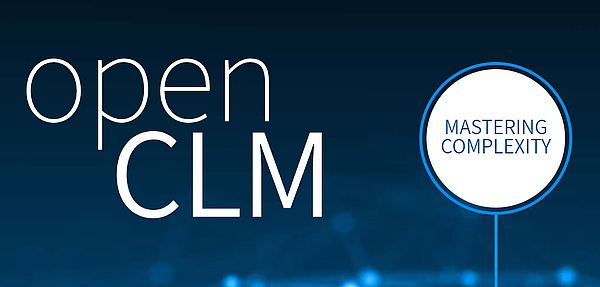
|
New business models need the digital twinBy Karsten Theis New service-oriented business models not only encourage a more sustainable economy but also represent a financial win-win situation for both providers and consumers. Manufacturers who offer their products as a service retain their customers over the long term and gain easier access to operational data that enables them to optimize products while they are in operation and make targeted improvements to the next generation of products. Customers reduce their investment costs or transform them into running costs. They get what the product is supposed to do in the form of a service at a clearly calculable conditions without having to worry about maintenance or replacement. Smart products and systems can be seen as the turbine driving these product-as-a-service models. They communicate with other products and systems over the Internet of Things and Services to drive, fly or manufacture autonomously, and collect data about their status that can be used for new service offerings. Products do not necessarily have to be smart to be offered as services, but they extend the range of possible applications by reducing the associated risk for the manufacturer. For their part, the manufacturer has a vested interest – not only for environmental reasons but also for economic ones – in ensuring that the products last a long time, fail rarely and are easy to maintain. 
It is almost 60 years since Rolls Royce laid the foundations for the modern servitization business with its “Power by the hour” model: instead of selling aircraft engines, the company sold flight hours and takes care of maintenance and replacement of the units. In the meantime, a growing number of companies from a variety of industries are following this example, including manufacturers of woodworking machinery, truck tires or industrial air conditioning systems. And product-as-a-service offerings are also becoming increasingly popular in the world of B2C. The digital twin of the asset as delivered bridges the gap between the digital and real product worlds, and without it, service-oriented business models such as these cannot be represented. It is the key to new, data-driven business models. Companies that want to offer their products as a service need the digital representation of the product or system in order to minimize their maintenance costs and maximize the availability of the real asset. 
This is why the digital twin has long been the focus of many digitalization initiatives. It is all the more surprising to me how little I’ve heard about the digital twin in recent months given all the fuss made by all the major PLM vendors prior to the coronavirus pandemic. The issue has been consigned to the “valley of tears” in Gartner’s Hype Cycle. This may have to do with the fact that companies are now barely able to map the enormous product complexity in a digital twin using traditional development methods and tools. Smart products contain a large amount of software and electronics that often take on system-relevant functions and must therefore be considered part of the digital twin. This requires a cross-domain perspective, and in many companies, this is hindered by the different processes in the individual domains. Moreover, they lack the golden thread that binds all this information together over the entire product lifecycle and makes the development history traceable. In this context, people also speak of the digital thread as the enabler of traceability. It is an essential prerequisite for the digital twin, or, as Peter Bilello, head of the market research company CIMdata, once said: “without the digital thread, the digital twin is an orphan”. In the perfect IT world of a single IT vendor, this digital thread could perhaps still be spun without an unacceptable amount of effort. But the world in most companies, and especially among the large carmakers, is not perfect. Instead, it is highly heterogeneous, and this is not set to change in the future. As a result, users have to make a considerable effort to gather all the relevant information at certain milestones and to ensure the traceability of development processes and deliverables. 
Companies therefore need new approaches to lightweight data linking and new solutions such as OpenCLM: an intuitive, cloud-based web application that enables them to link information across system and domain boundaries so that all stakeholders can access it at any time, regardless of how they use it. I would encourage you to take a look at it. Best regards |
|
| © PROSTEP AG | ALL RIGHTS RESERVED | IMPRINT | PRIVACY STATEMENT | YOU CAN UNSUBSCRIBE TO THE NEWSLETTER HERE. |

